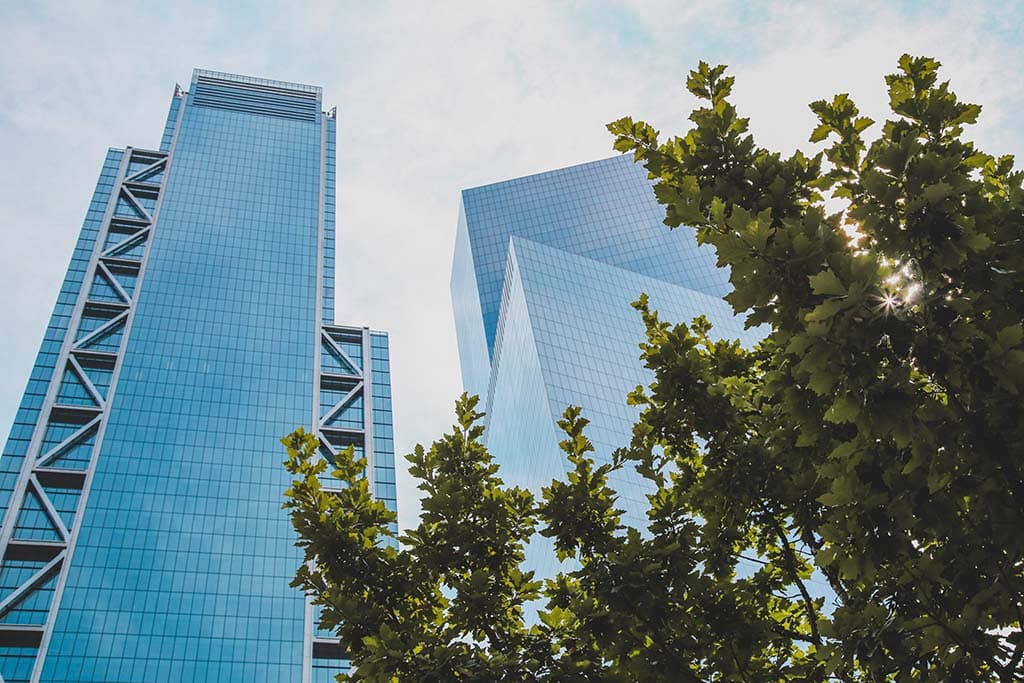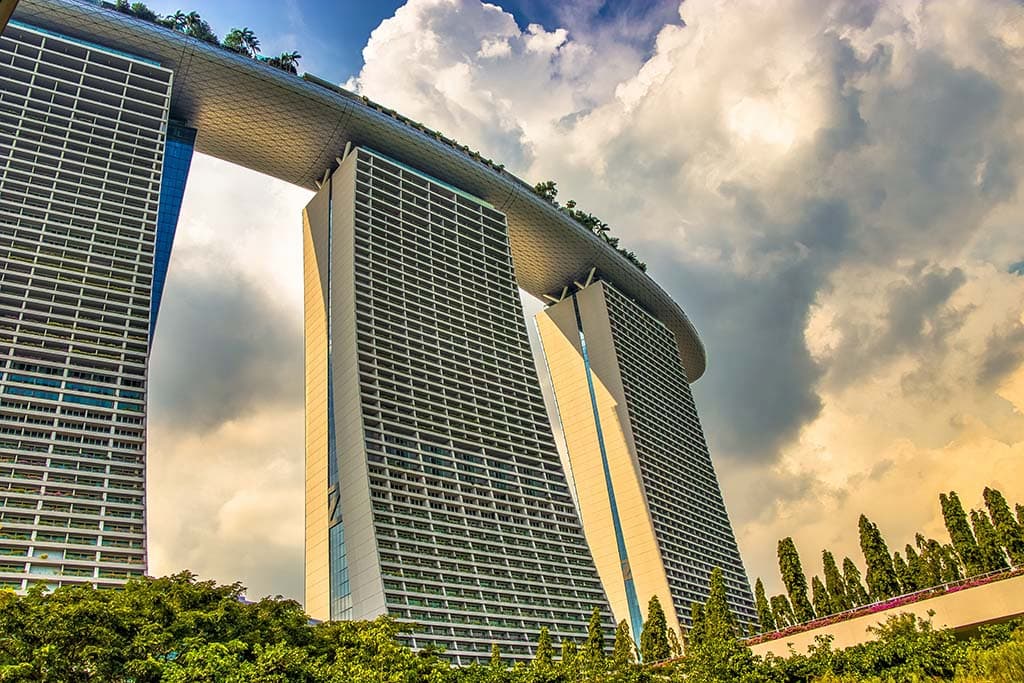This article will tell you about the unique experience, which has not yet been able to repeat any country in the world. The success story of Singapore is something incredible and at the same time worthy of respect. The way Singapore has come in 50 years is simply unattainable for most countries.
Yes, some might say that Singapore is one of the smallest countries in the world and is easier to manage or they had a decent leader. There may be many reasons for this success story, but the main thing is the result, and it is impressive.
Here are a few facts about Singapore at the time:
– In the first half of the 20th century, Singapore was a small village and a colonial appendage of Britain, without its own economy, politics or anything else.
– In 1965, Singapore gained its independence.
– In 1965 it was a third world country, complicated by the fact that Singapore had not a gram of coal, not a drop of oil, not a bubble of gas or other minerals.
– The country as in 1965 and today imports absolutely everything: fresh water, sand, clothing, all food. There isn’t even land to develop agriculture or industry.
If you look at all of these facts above, it is not clear how Singapore did it.
Singapore’s Success Story
On August 9, 1965 Singapore gained full independence and at the head of what was then a third world country, stood a man who played a key role in the success of this country: Lee Kuan Yew. There were many conflicts in the region at the time, and the strong neighbors of Malaysia and Indonesia, with their armies, were clearly not in favor of friendly and neighborly relations. At the time, Singapore was nothing to them and, at best, of absolutely no interest.
The country’s new leader was faced with a number of issues that needed to be addressed. People personally acquainted with Lee Kuan Yew say that he ran Singapore like an owner runs his own small company. Absolutely nothing happened in the country without his knowledge, he was aware of all decisions and kept his hand on the pulse all the time.
How Lee Kuan Yew tackled the pressing social issues that eventually propelled Singapore into a world leader and a country with one of the highest standards of living in the world, the answer is below.
The story of creating a successful financial system
This was one of the most difficult problems to solve immediately. A rapid and global financing began, both at the state level and the search for outside large investors to develop strategic industries. As written above, Singapore had nothing but a favorable geographical location, and this was the bet. The lion’s share of all investments was directed to:
– Building a port and developing shipping. Since there was no land, but there was the sea.
– Creating its own state-owned airline and building an airport.
– Telecommunications.
– Since in 1965 Singapore was a slum, much of the investment was in civil engineering.
Lee Kuan Yew guaranteed all investors respect for the rule of law, a stable and independent judiciary, an anti-corrupt and competent government and the stability of the entire government vertical in their decisions.
The result has not been long in coming. Today in Singapore:
– The port and cargo terminal is one of the largest and busiest cargo ports in the world.
– The airport is the largest in terms of passenger traffic in the world. Just Changi Airport in Singapore – for seven consecutive years, recognized as the best airport in the world. And the state airline company Singapore Airlines, is one of the top airlines in the world and is one of the few five-star carriers.
– For 10 years, all the slums in Singapore were demolished and in their place have grown modern residential neighborhoods with skyscrapers, which resettled the local residents.
– The country’s GDP per capita in 1965 was $ 560, and in 2020 already 85 000 $.
History of Medical Modernization in Singapore
In 1965, Singapore’s healthcare system was entirely state-run with all its attendant consequences: free medicines, low doctors’ salaries and consequently low qualifications. Because of all this, all medicine was gradually switched from free to fee-for-service, with no subsidies from the state. And the most interesting thing was that the first thing that was created in state clinics were paid services, which were of better quality and service than the free ones, and most residents used them.
Life without pensions
The main ideological tenet of the new pension reform in Singapore was the following: you can not shift the entire burden of pensions of the current generation to the future. All conditions must be created for each generation to pay for itself and save for its own retirement. Today we managed to create a unique system of personalized pension accounts, where every citizen contributes money to his/her bank account every month in any currency and in any amount he/she wishes, and all sums in these accounts are insured by the state.
History of Singapore’s anti-corruption efforts
Corruption in Singapore in 1965 was the scourge of the whole country. It could only be eradicated by radical methods. And these methods were found.
The first thing Lee Kuan Yew did was to imprison three of his best friends for bribery. Later, the death penalty was introduced for corruption at the top levels of government, a step on par with the anti-corruption judicial system that helped eradicate bribery at the top of government. And on the middle and lower levels of government and executive branches of power all procedures where any decision-making was required were very much abolished. And where there is no decision-making, there is no corruption.
The history of democracy in Singapore
Democracy in Singapore is very complicated. The locals were happy with their leader and did not say anything bad about him, and most importantly, they thought they lived in a democratic country, although Western countries scoffed at it. Consider this:
– The opposition was banned in this country.
– The multiparty system was banned.
– Rallies and meetings of any kind were banned.
– The mass media banned criticism of the government. Lee Kuan Yew always said that the people elected the current government, while newspaper editors were not elected by the people and they have no right to criticize the government and destabilize the situation in the country.
– If there was any problem in Singapore, it was dealt with very radically, so a huge number of bans appeared in the country. One striking example is the fight against chewing gum, which was inserted into locks, mailboxes, elevator buttons, subway train doors and many other places. Chewing gum thrown on the floor increased time and cost of cleaning, as well as damaged cleaning equipment. The problem was solved simply: the penalty for throwing gum in a trash can is $500 and the fine for importing gum into the country – $72,000. And you know, it worked.

In conclusion
Singapore’s success story in world politics is unique, all the more valuable. Whoever gave Lee Kuan Yew’s role in this success, one thing is clear, he was the key figure and took a poor country with not a single state effective institution and 30 years later handed over a first world country with the highest number of dollar millionaires per thousand inhabitants.
Start packing your suitcase to Singapore, this trip will be remembered for a long time!


